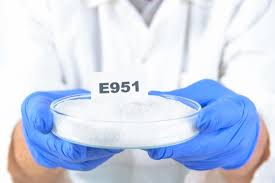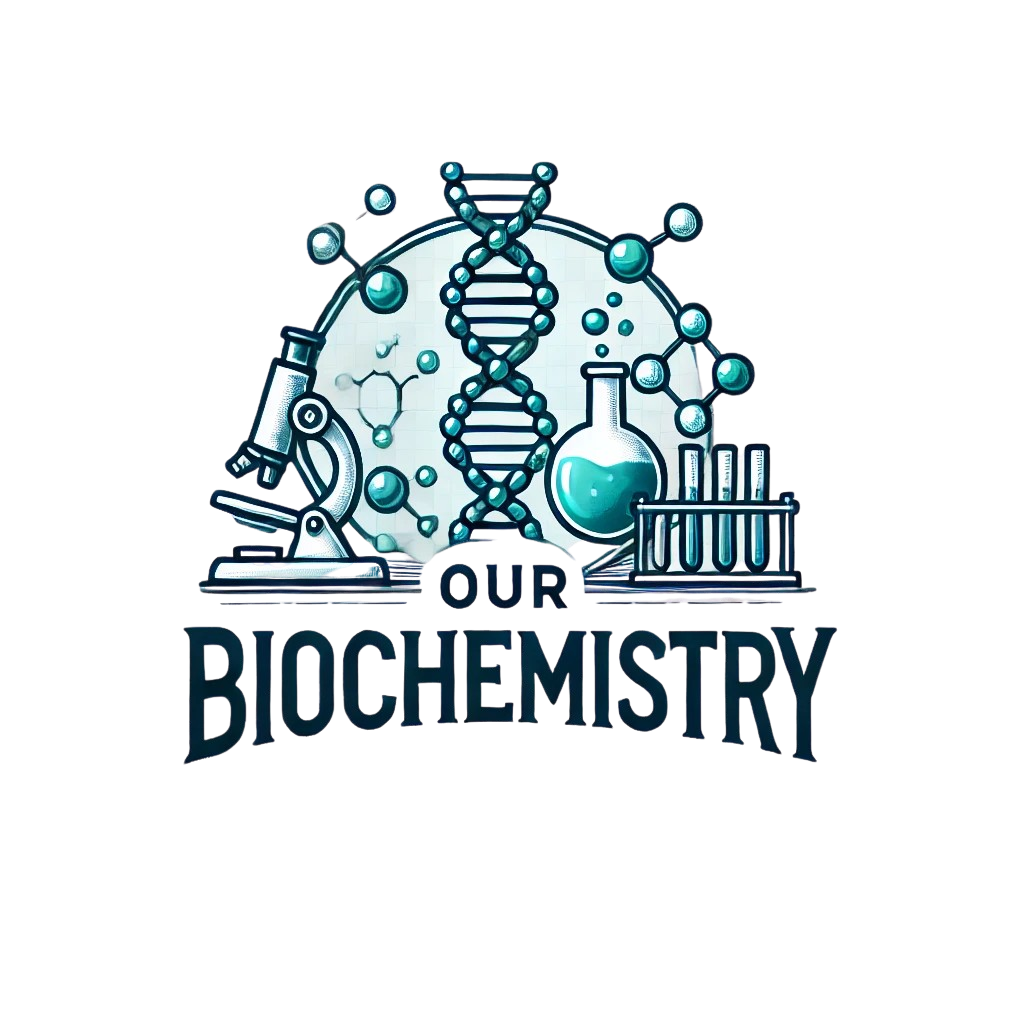Library
Biologically important peptides
- January 26, 2020
- Posted by: Namrata Chhabra
- Category: Chemistry of Amino acids Learning resources Library Quick Revision Series Quick revisions

A 56-year-old man with long-standing poorly controlled diabetes mellitus visits his primary care physician for a follow up after recent hospitalization. The patient experienced an episode of acute renal failure while in the hospital and his creatinine level rose to 4 mg/dl. Creatinine, a marker of renal function is produced from which of the following precursors?
a) Glutamine, Aspartic acid, and alanine
b) Glutamine, Cysteine, and Glycine
c) Serine, Glycine, and Methionine
d) Glycine, Arginine, and Methionine
e) Glutamic acid, Cysteine, and Glycine
Creatinine is an anhydrous product of creatine. Creatine, methyl guanidoacetic acid, is a tripeptide produced from Glycine, Arginine, and Methionine in the human body primarily in the kidney and liver. It is transported in the blood for use by muscles. Approximately 95% of the total creatine is located in skeletal muscle. It is also present in the liver, testes, and brain. It can occur in free form or phosphorylated form. The phosphorylated form is called ‘Creatine-Phosphate’, ‘Phosphocreatine’ or ‘phosphagen’.
Creatine is excreted in the form of Creatinine, which is formed by the removal of one molecule of water from creatine.
Creatine————–> Creatinine + H20
The reaction is non-enzymatic and irreversible. About 2 % of the total Creatine is converted daily to creatinine so that the amount of creatinine produced is related to the total muscle mass and remains approximately the same in plasma and urine from day to day unless the muscle mass changes. Normal excretion ranges between 1-2 g/day.
Estimation of serum and urinary creatinine is undertaken to assess the renal functions.
The normal serum creatinine ranges as follows-
1) < 12 Years-0.25-0.85 mg/dL
2) Adult male- 0.7-1.5 mg/dL
3) Adult Female- 0.4 -1.2 mg/dL
It is higher in males because of the muscle mass.
General discussion of peptides
Peptides are short polymers of amino acids. Physiologically they perform prominent roles in the neuroendocrine system as hormones, hormone-releasing factors, neuromodulators, or neurotransmitters. Clinically some of the peptides are used as antibiotics, anticancer drugs and some in toxic dosage promote tumor formation.
Summary of biologically important peptides (Alphabetically)
| S. No. | Name of Peptide | Number of amino acids | Physiological/ Clinical Significance |
| 1) | Angiotensinsa) Angiotensin I
b) Angiotensin II c) Angiotensin III |
10
8 7 |
Angiotensins are produced from Angiotensinogen. Renin, an enzyme produced in the juxtaglomerular cells of the renal afferent arteriole acts upon the substrate angiotensinogen to produce the decapeptide angiotensin-I, angiotensin-converting enzyme, a glycoprotein found in lung, endothelial cells, and plasma, removes two carboxyl-terminal amino acids from the decapeptide angiotensin I to form angiotensin II. Angiotensin II is the most potent vasoconstrictor of the body, it also stimulates the release of Aldosterone. Angiotensin II is converted to the heptapeptide angiotensin III, an equally potent stimulator of aldosterone production. In humans, the plasma level of angiotensin II is four times greater than that of angiotensin III, so most effects are exerted by the octapeptide. |
| 2) | Aspartame | 2 | Used as an artificial sweetener |
| 3) | Bradykinin | 9 | It is a natural smooth muscle relaxant |
| 4) | Bacitracin | Cyclic polypeptide | Bacitracin is commercially manufactured by growing the bacteria Bacillus subtilis. It is used as a topical antibiotic. |
| 5) | β- Corticotropin (ACTH) | 39 | ACTH stimulates the secretion of Glucocorticoid hormone from adrenal cortex cells, especially in the zona fasciculata of the adrenal glands. |
| 6) | β- MSH | 18 | Melanocyte-stimulating hormone (MSH) belongs to a group called the melanocortins. This group includes ACTH, alpha-melanocyte-stimulating hormone (α-MSH), beta-melanocyte-stimulating hormone (β-MSH) and gamma-melanocyte-stimulating hormone (γ-MSH); these peptides are all cleavage products of a large precursor peptide called pro-opiomelanocortin (POMC). They stimulate the production and release of melanin (melanogenesis) by melanocytes in skin and hair. |
| 7) | Bleomycin | Polypeptide | It is produced by the bacterium Streptomyces verticillus. Acts as an anticancer drug used in the treatment of Hodgkin’s lymphoma, testicular tumors, and squamous cell carcinoma. |
| 8) | Creatine/Creatinine | 3 | Energy bank, stored as creatine-P in skeletal muscles, a high energy compound. |
| 9) | Carnosine | 2 | It is highly concentrated in muscle and brain tissues. Anserine is methylated Carnosine. |
| 10) | Dynorphin | 13 | Dynorphin, endogenous opioid peptide has been shown to be a modulator of pain response. Also called super opiate since it is highly potent. |
| 11) | Endorphins | 5-40 | Endorphins (“endogenous morphine”) are endogenous opioid peptides that are not considered to be neurotransmitter molecules but are instead classified as neuromodulatory, that is, they modify the action of neurotransmitters through a number of effects associated with pain or pleasure. The term endorphin consists of two parts: endo- and -orphin; these are short forms of the words endogenous and morphine, intended to mean “a morphine-like substance originating from within the body. They resemble the opiates in their abilities to produce analgesia and mood elevation. |
| 12) | Gastrin | Gastrin is found primarily in three forms:a) gastrin-34 (“big gastrin”)b) gastrin-17 (“little gastrin”)c) gastrin-14 (“minigastrin”)
d) Also, pentagastrin is an artificially synthesized, containing five amino acids. |
The presence of gastrin stimulates parietal cells of the stomach to secrete hydrochloric acid (HCl)/gastric acid. |
| 13) | Glutathione | 3 | Glutathione is commonly abbreviated as GSH (because of the sulfhydryl group of its cysteine, which is the business part of the molecule). It participates in the decomposition of potentially toxic hydrogen peroxide in the reaction catalyzed by glutathione peroxidase. It is an important intracellular reductant, helping to maintain essential SH groups of enzymes in their reduced state. It also helps in the transport of certain amino acids across membranes in the kidney. |
| 14) | Gramicidin S | 10 (Cyclodecapeptide) | Gramicidin S is an antibiotic effective against some Gram-positive and Gram-negative bacteria as well as some fungi. |
| 15) | Glucagon | 29 (Polypeptide) | Regulated blood glucose levels by causing glycogenolysis and gluconeogenesis. It also causes lipolysis and reduces protein synthesis. |
| 16) | Kallidin | 10 | Kallidin is a bioactive kinin formed in response to injury from kininogen precursors through the action of kallikreins. Kallidin is a decapeptide that can be converted to bradykinin by the aminopeptidase enzyme. Kallidin is identical to bradykinin with an additional lysine residue added at the N-terminal end. |
| 17) | Leuenkephalin | 5 | Produces opioid effects, such as analgesia and mood elevation. |
| 18) | Met-enkephalin | 5 | [Met]enkephalin, sometimes referred to as opioid growth factor (OGF), is a naturally occurring, endogenous opioid peptide that has opioid effects of relatively short duration. [Met]enkephalin produces its opioid effects, such as analgesia and mood lift through binding to specific receptors. |
| 19) | Microcystin | Cyclic peptide | Hepatotoxic |
| 20) | Nodularin | 5 | Nodularin-R is a potent hepatotoxin and may cause serious damage to the liver. |
| 21) | Oxytocin | 9 | It plays a role in milk ejection from the lactating mammary glands(‘Let down reflex’) and also promotes uterine contractions, important for cervical dilatation during the second and third stages of labor. |
| 22) | Penicillin | 3 | Penicillin is a group of antibiotics derived from Penicillium fungi. The term “penicillin” is often used generically to refer to benzylpenicillin (penicillin G), procaine benzylpenicillin (procaine penicillin), benzathine benzylpenicillin (benzathine penicillin), and phenoxymethylpenicillin (penicillin V). |
| 23) | Polymyxins | These are cyclic, positively charged peptides | Polymyxins are antibiotics; they are used in the treatment of Gram-negative bacterial infections. Polymyxin antibiotics are relatively neurotoxic and nephrotoxic and are usually used only as a last resort if modern antibiotics are ineffective or are contraindicated. |
| 24) | Secretin | 27(Polypeptide) | Secretin stimulates the release of watery bicarbonate rich fluid from pancreatic and bile duct epithelium. |
| 25) | Vasopressin | 9 | Arginine vasopressin (AVP), also known as vasopressin, argipressin or antidiuretic hormone (ADH), is a peptide hormone that controls the reabsorption of water in the tubules of the kidney by affecting the cellular permeability. It also increases peripheral vascular resistance, which in turn increases arterial blood pressure. It plays a key role in the maintenance of water and electrolyte balance of the body. |
Functional classification of biologically important peptides (Easy to remember)
1) Peptide hormones
i) β- Corticotropin (ACTH)
ii) β- MSH
iii) Gastrin
iv) Glucagon
v) Secretin
vi) Oxytocin
vii) Vasopressin
2) Antibiotics
i) Bacitracins
ii) Penicillin
iii) Polymyxins
iv) Gramicidin S
v) Chloramphenicol
3) Anticancer drug
Bleomycin
4) Muscle relaxants
i) Kallidin
ii) Bradykinin
5) Vasoconstrictors
i) Angiotensins
a) Angiotensin I
b) Angiotensin II
c) Angiotensin III
ii) Vasopressin
6) Neuromodulators
i) Endorphins
ii) Enkephalin
7) Toxic peptides
i) Microcystin
ii) Nodularin
8) Biological reductant
Glutathione
9) Artificial sweetener
Aspartame
10) Muscle peptides
i) Creatine
ii) Carnosine
iii) Anserine
Author:Namrata Chhabra
Leave a Reply Cancel reply
You must be logged in to post a comment.
